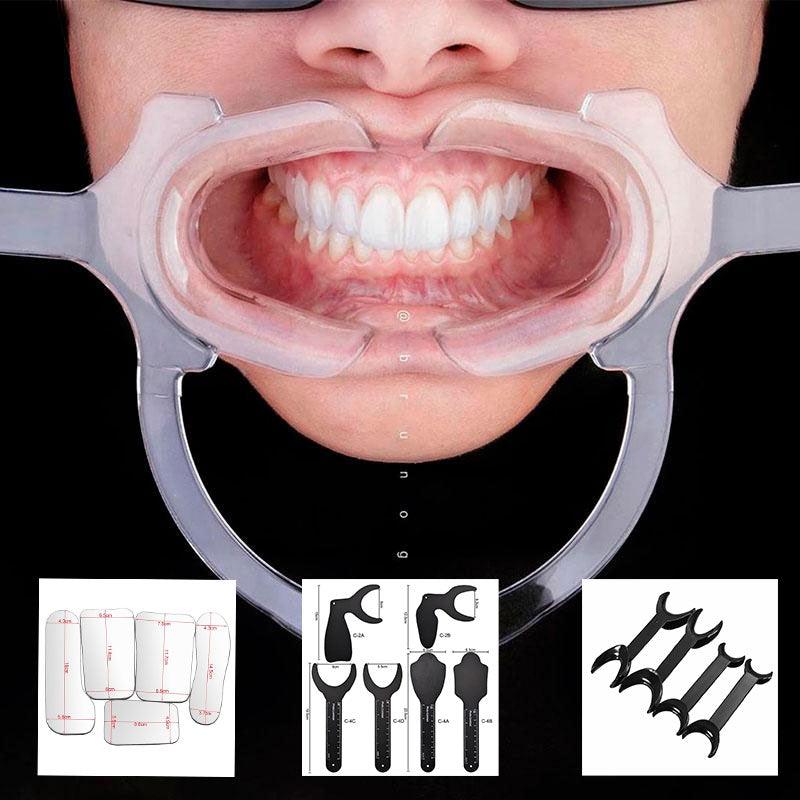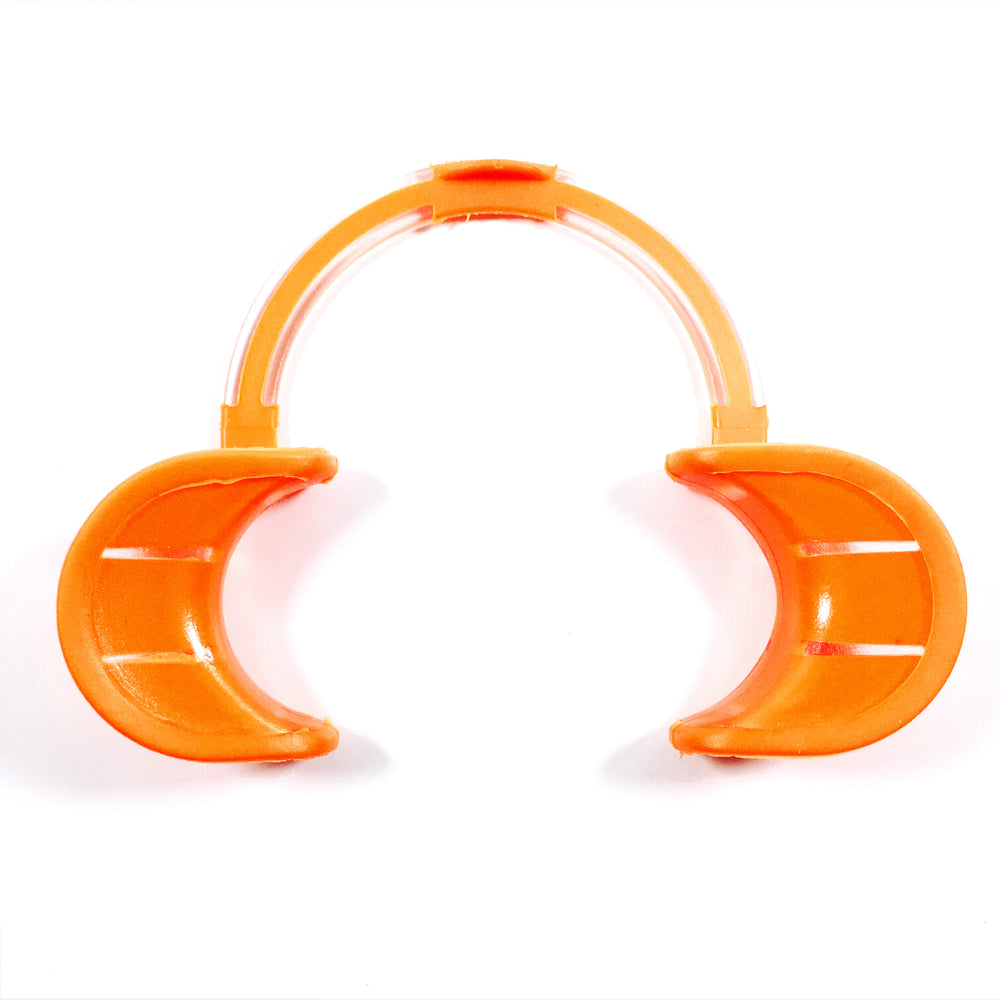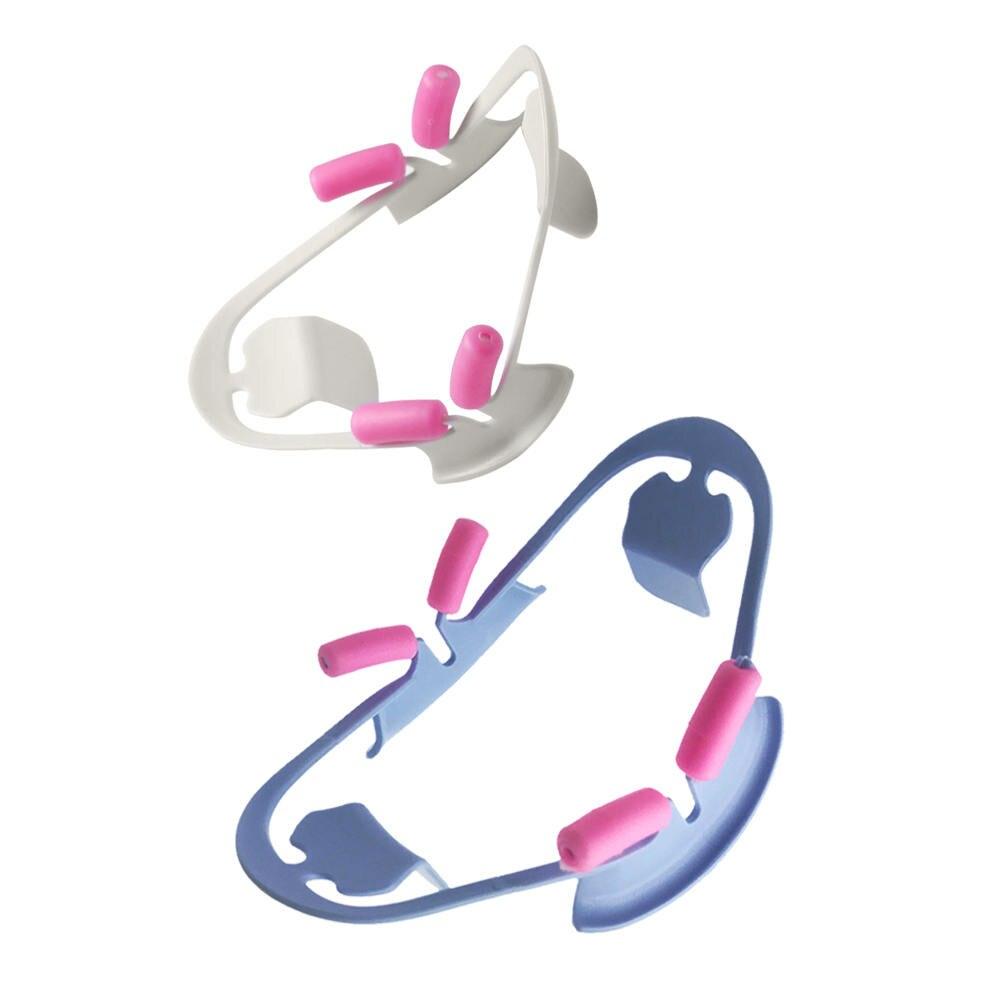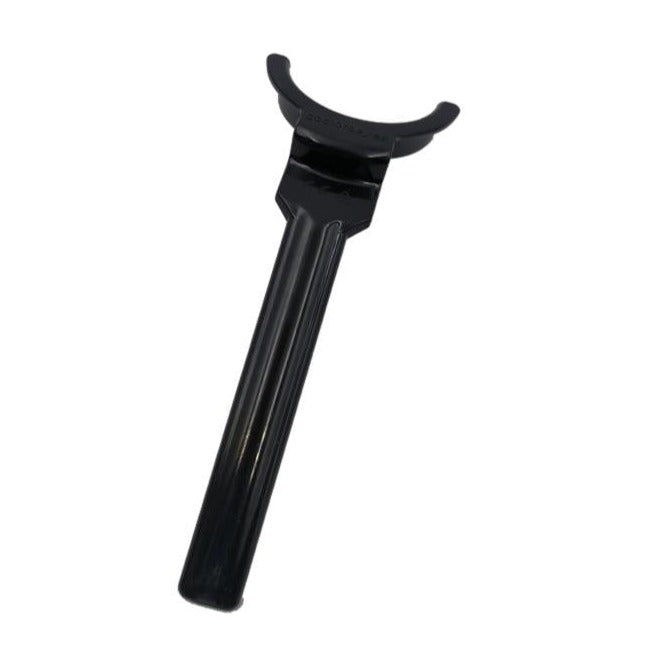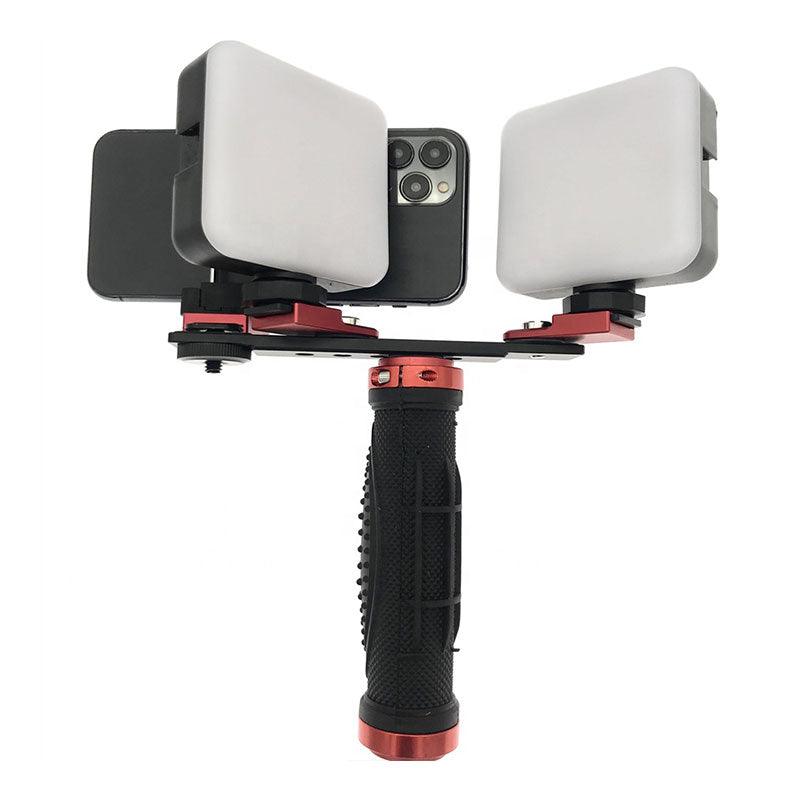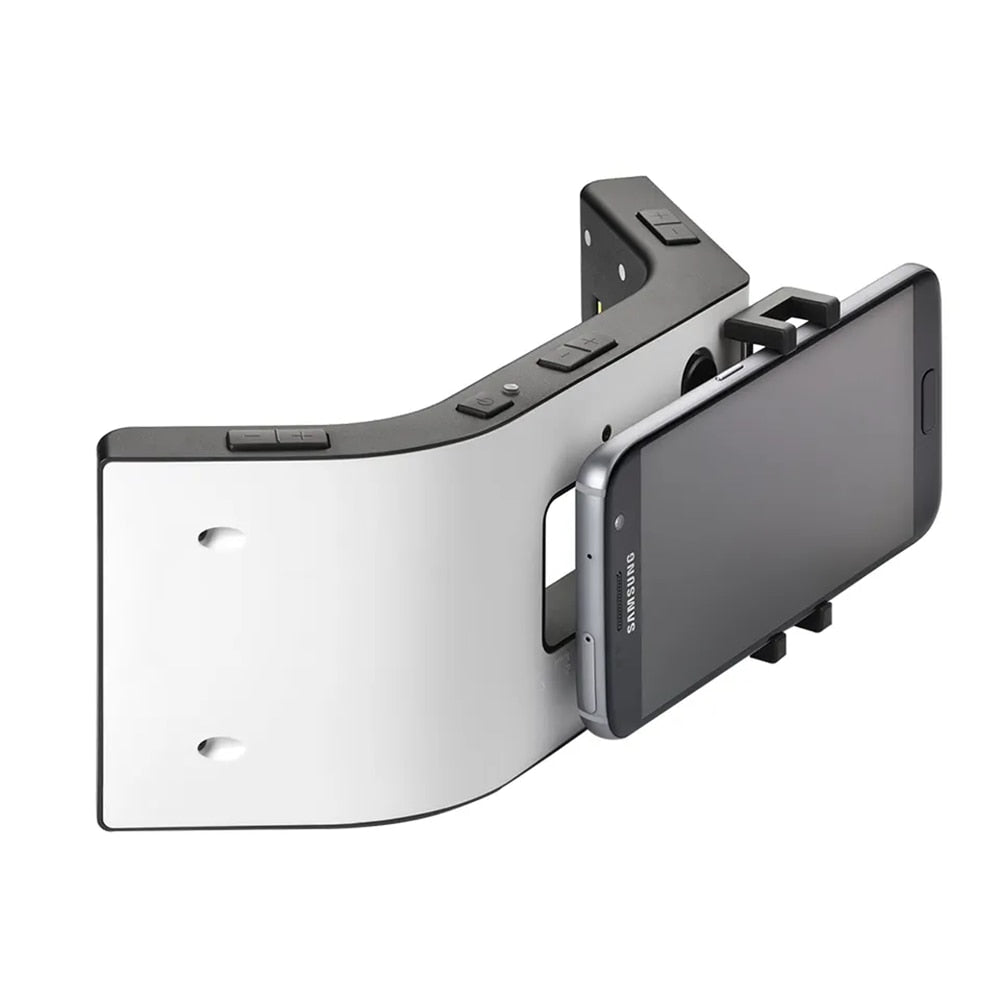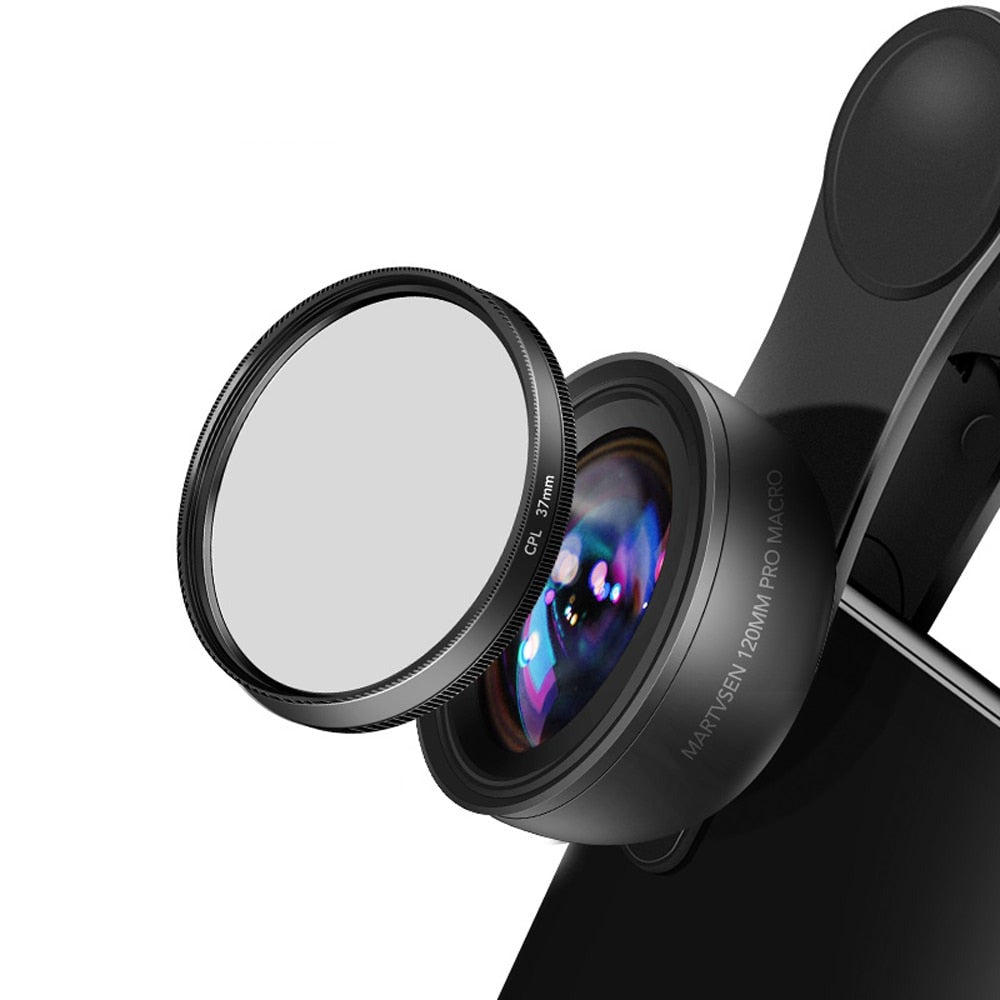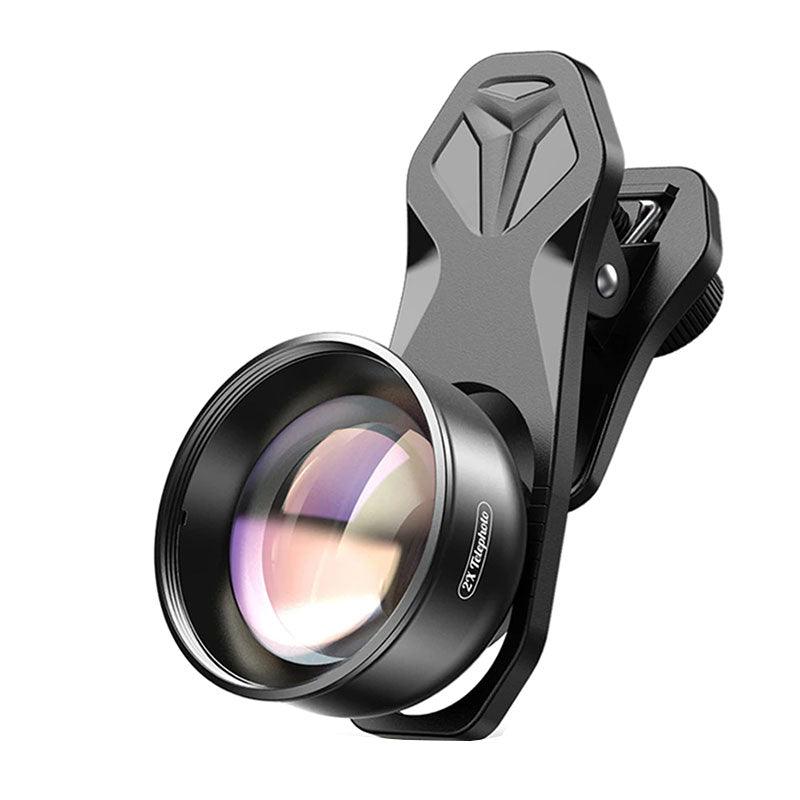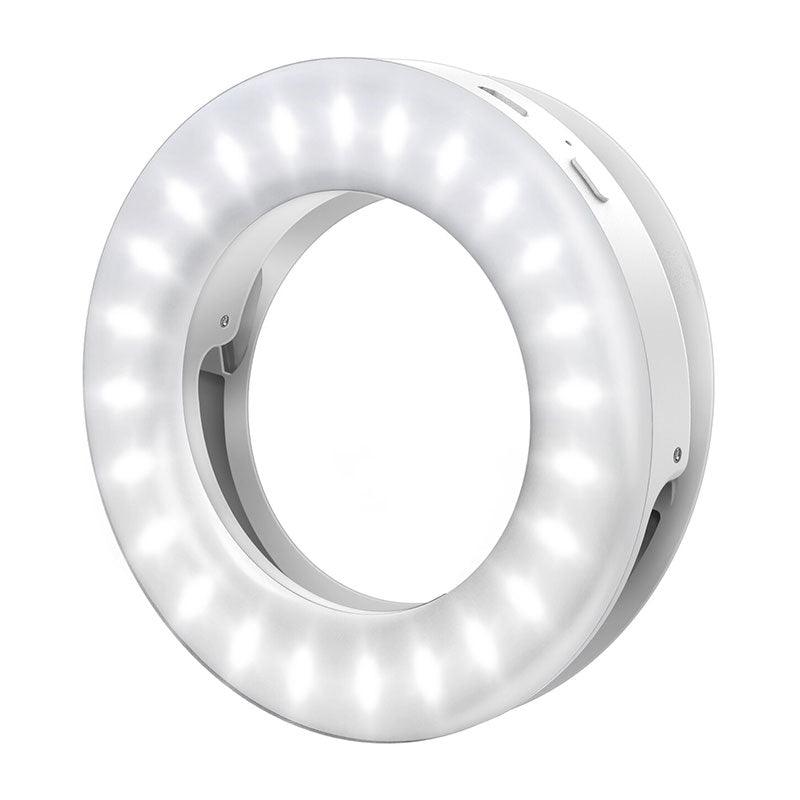Dental photography is not just about capturing clinical details; it's an art that requires a keen eye for composition. Creative composition techniques breathe life into dental images, transforming them from mere documentation into captivating visual stories. In this article, we'll delve into the world of creative composition in dental photography, offering life hacks that can elevate your images by exploring innovative framing, angles, and perspectives.
Exploring Creative Composition:
Creative composition involves arranging the elements within the frame to evoke emotions, direct attention, and convey a narrative. By understanding and applying composition techniques, dental professionals can enhance the impact and visual appeal of their images.
1. Framing the Dental Subject.
Effective framing guides the viewer's eye toward the main subject while providing context and depth to the image.
Life Hacks for Framing:
— Utilize dental equipment, instruments, or hands to frame the dental subject naturally.
— Experiment with archways, doorways, or windows to create a natural frame within the environment.
2. Dynamic Angles and Perspectives.
Changing the angle and perspective of your shots can add interest, emphasize details, and offer a fresh perspective on dental scenes.
Life Hacks for Angles and Perspectives:
— Shoot from a low angle to make the dental subject appear powerful and dominant.
— Experiment with a high angle for a unique view that emphasizes the environment and dental procedures.
3. Rule of Thirds and Balance.
Divide the frame into nine equal segments using two horizontal and two vertical lines. Positioning the main elements along these lines or at their intersections creates a harmonious and visually appealing balance.
Life Hacks for Rule of Thirds and Balance:
— Place the patient's eyes or the focal point of the image on the intersection points for a visually engaging composition.
— Create a balance by distributing visual weight across the frame, ensuring that no single element dominates.
4. Leading Lines and Curves.
Utilize lines and curves within the frame to lead the viewer's eye toward the focal point and add a sense of movement.
Life Hacks for Leading Lines and Curves:
— Incorporate lines formed by dental tools or instruments to guide the viewer's gaze toward the dental subject.
— Use curves in the dental environment to create a visual flow that guides attention through the image.
5. Negative Space and Minimalism.
Negative space is the empty area surrounding the subject. Employing negative space can create a sense of simplicity and focus on the dental subject.
Life Hacks for Negative Space and Minimalism:
— Use negative space to highlight the dental subject by allowing it to stand out against a clean and uncluttered background.
— Incorporate minimalistic compositions to draw attention to the essential elements of the image.
Creative composition is a potent tool that allows dental professionals to convey their expertise, evoke emotions, and tell powerful stories through their images. By applying the life hacks shared in this guide, dental photographers can harness the principles of framing, angles, and perspectives to infuse their images with artistic flair. Remember, the art of composition transforms dental photography into a form of visual communication that resonates with patients, peers, and the broader audience.




